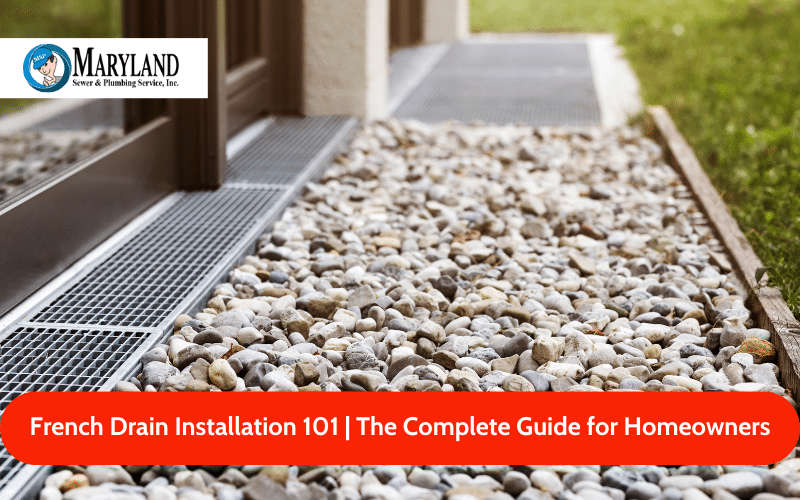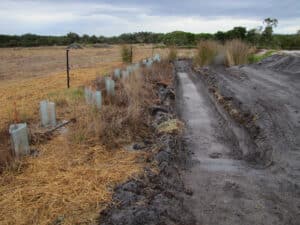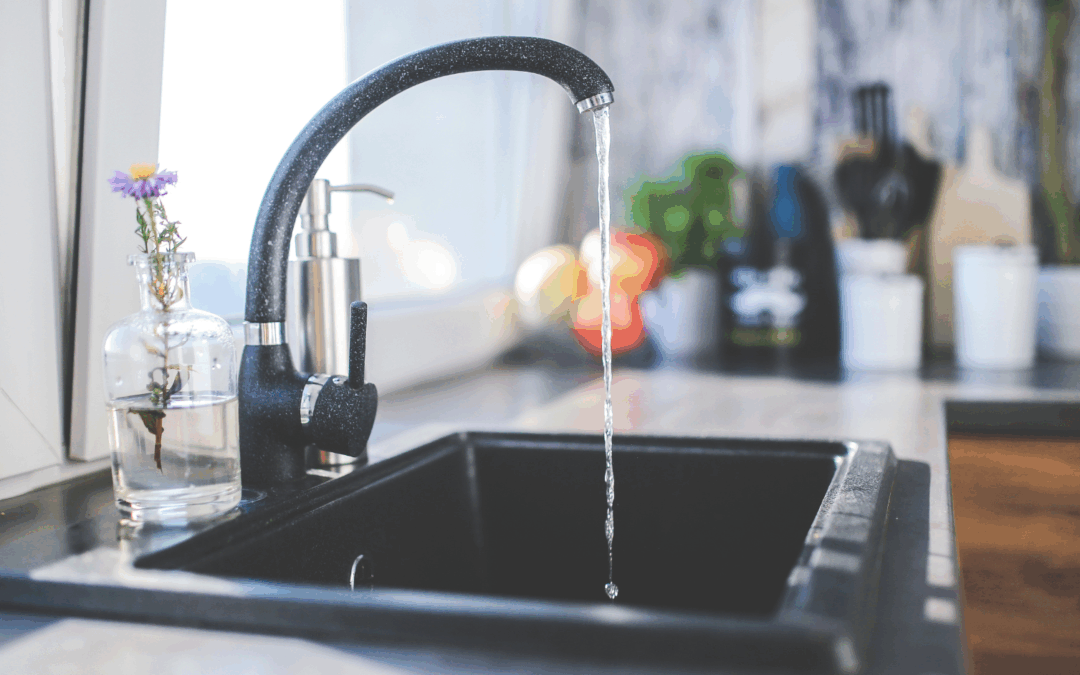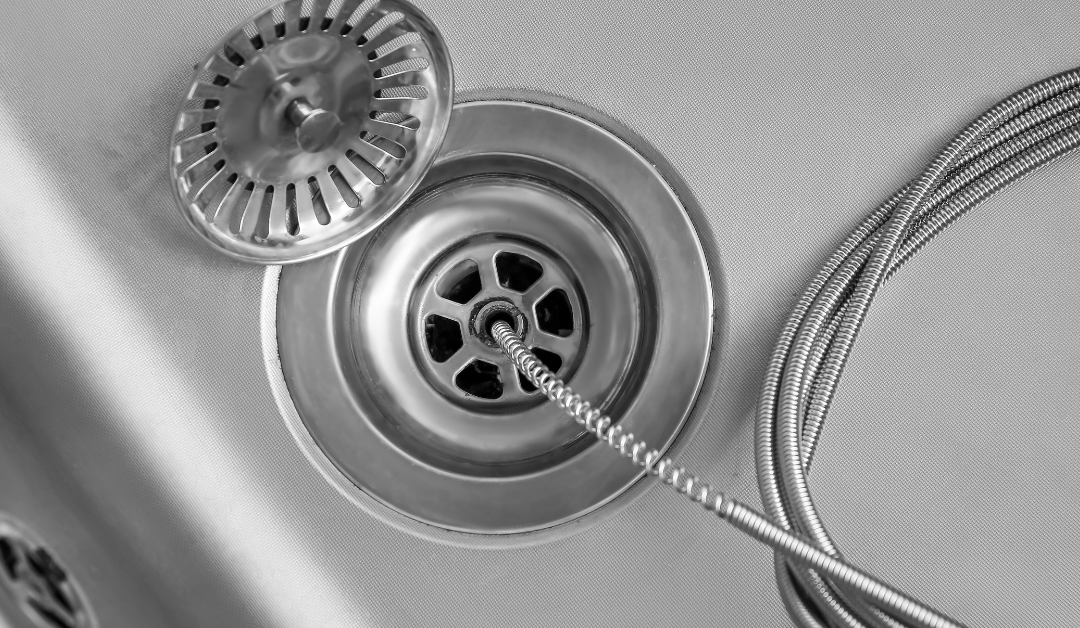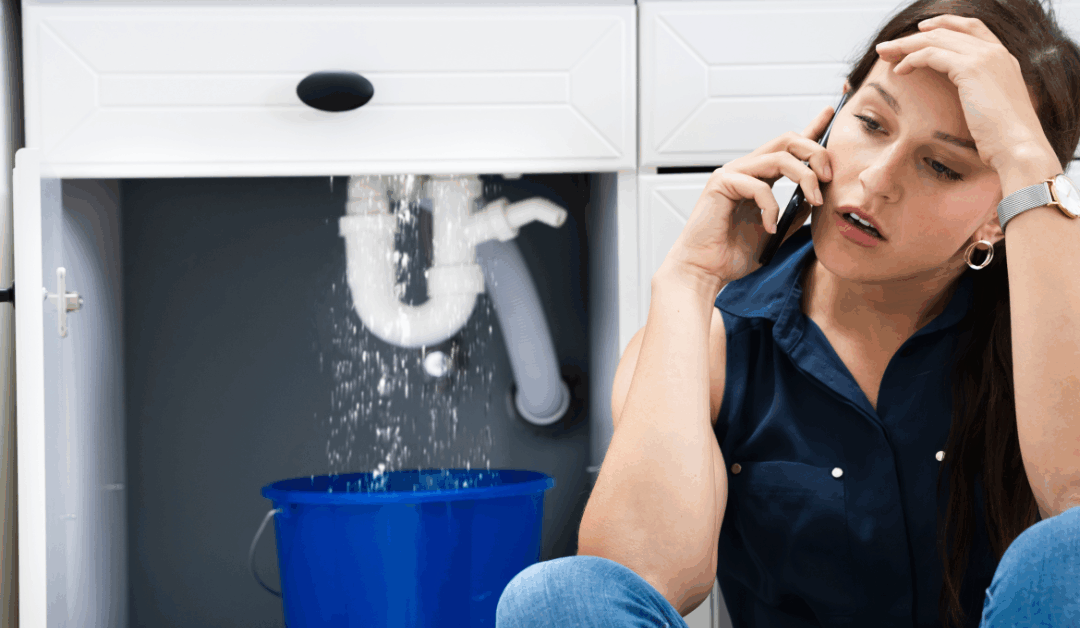Have you heard of a french drain? Keep reading as we explore.
Heavy rains can create massive headaches for homeowners. Water pooling in yards, flooding basements, and damaging foundations are just a few of the issues that arise when surface water has no place to go.
Fortunately, there is a solution. French drains direct water away from your home’s foundation, preventing damage before it starts. This comprehensive guide explores how French drains work, why you need one, and how to install it yourself.
Schedule Service Online
Get a free estimate so you know what you're signing up for
"*" indicates required fields
For Emergency Services Call: 410-255-9300
Why You Should Install a French Drain
A Solution for All Types of Water Issues
French drains can help with the following water issues:
- Surface water
- Basement flooding
- Hydrostatic pressure
- Other drainage problems
Cost-Efficient
When compared to other permanent solutions like sump pumps or a retaining wall, French drains are more affordable and less invasive. They require minimal materials and labor, making them a great option for cost-conscious homeowners.
Increases Property Value
Installing a French drain can increase your home’s value by reducing the risk of water damage and improving overall drainage. Homebuyers are often willing to pay more for properties with well-maintained drainage systems, making a French drain a smart long-term investment.
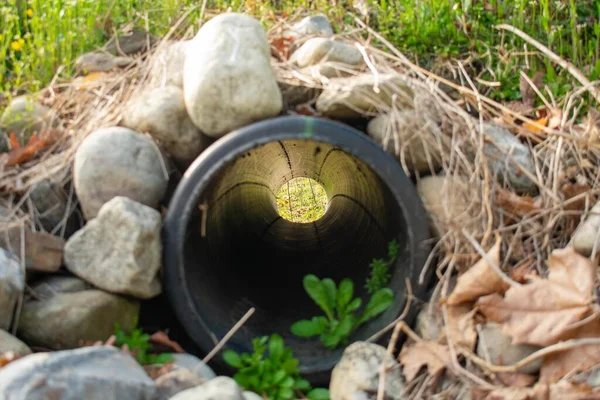
How French Drains Work
The Basic Components
A French drain consists of three main components:
- A trench filled with gravel or rock
- A perforated pipe (also known as a weeping drain tile)
- A filter fabric that prevents silt and dirt from clogging the drain
Drainage Process
When it rains or snow melts, excess water collects in the gravel-filled trench. The perforated pipe then directs this collected water away from the home’s foundation, into a designated drainage area (such as a municipal storm drain or a dry well).
Types of French Drains
There are two main types of French drains:
- Exterior French Drains
- Interior French Drains
Each type serves a specific purpose, depending on where the water problem is located (outside or inside the house).
Types of French Drains
Understanding the various types of French drains can help homeowners choose the most suitable option for their specific drainage needs. Below are some common types:
Interior French Drain
Interior French drain installation usually takes place inside the basement or crawl space, typically along the perimeter. They collect water that seeps through walls and redirect it to a sump pump or drainage point.
Learn more about Interior French Drains
Exterior French Drain
These drains are located outside the home, and engineered to manage surface water runoff. They are particularly effective in directing water away from the foundation.
Discover Exterior French Drains
Channel Drains
Also known as trench drains, these are shallow and designed to manage excess water in areas like driveways or patios. They feature a narrow channel that captures water and guides it away from the surface.
Gravel-less French Drains
Utilizing alternate materials instead of gravel, these drains consist of perforated pipes surrounded by geotextile fabric. They are easy to install and can be more efficient in certain soil types.
Find out about Gravel-less French Drains
Subsurface Drains
Installed below the soil surface, subsurface drains are ideal for dealing with groundwater accumulation. They feature perforated pipes buried beneath layers of soil and gravel.
Each type of French drain serves distinct applications and can significantly improve drainage efficiency when properly installed.
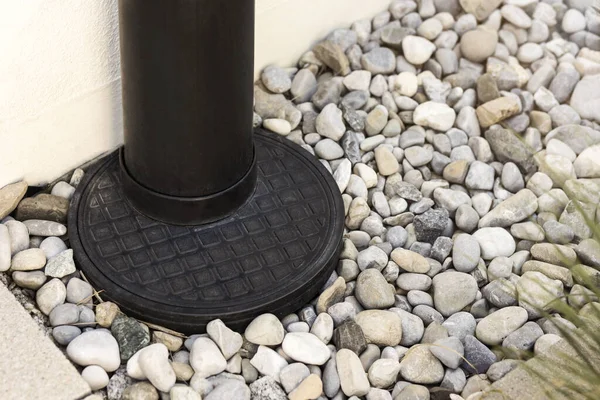
Do You Really Need a French Drain?
Not sure if your property needs a French drain? Here are some signs that indicate it might be time to install one:
Frequent Basement Flooding
If your basement frequently floods during heavy rains, it’s a clear sign that your existing drainage system is inadequate. A French drain can effectively redirect water away from your home’s foundation, significantly reducing the risk of future flooding.
Water Pooling in Your Yard
Water pooling in your yard after rain is not just an eyesore; it’s a warning sign that your property is at risk for more serious drainage issues. Over time, these pools can lead to erosion, mosquito infestation, and even a weakening of your home’s foundation. Installing a French drain will help manage and redirect this excess surface water, keeping your yard dry and healthy.
Cracks in Your Foundation
Cracks in your foundation can be a serious issue, often caused by hydrostatic pressure from excess groundwater. This pressure builds up when water cannot drain away properly, leading to cracks that can compromise your home’s structural integrity. If you’ve noticed cracks in your foundation, it’s crucial to address them promptly.
Soggy Grass and Plants
If your grass and plants are consistently soggy or waterlogged, it’s a sign that your yard is not draining properly. This can lead to various problems, such as root rot and fungal growth. A French drain can help redirect excess water away from your garden, promoting a healthier environment for your plants.
French Drain Installation Process
Tools and Materials Needed
Before starting your French drain installation, make sure you have the following tools and materials on hand:
- Shovel
- Tape measure
- Level
- Landscape fabric
- Perforated pipe
- Gravel
Step-by-Step Instructions
Now that you have your tools and materials ready, follow these steps to install your French drain:
- Plan Your Drain: Determine where the water is pooling and where you want it directed. Use a level to ensure a downward slope away from your home.
- Dig the Trench: Using a shovel, dig a trench at least 12 inches wide and 18 inches deep, following the planned route of your drain.
- Add Landscape Fabric: Line the trench with landscape fabric, leaving enough excess fabric on the edges to fold over the top of the drain later. This fabric will help prevent soil and debris from entering the drain while allowing water to flow through.
- Place the Perforated Pipe: Lay the perforated drainage pipe in the bottom of the trench with the holes facing down. This positioning allows water from both the surface and the soil above to enter the pipe.
- Fill with Gravel: Cover the pipe with gravel, filling the trench about 2-3 inches above the pipe. The gravel acts as a filter, allowing water to flow into the pipe while keeping soil and debris out.
- Fold Over the Landscape Fabric: Fold the excess landscape fabric over the gravel. This additional layer will help further filter water while preventing the gravel from being mixed with soil.
- Cover with Soil: Finally, fill the trench with soil to match the surrounding area. This step not only minimizes any visible signs of your work but also helps prevent future erosion.
Maintenance Tips
To ensure the longevity and effectiveness of your french drain system, keep these maintenance tips in mind:
- Regularly check for and remove any visible debris or vegetation from the surface of the drain.
- If you notice water pooling in the area again, it may indicate that the pipe or gravel is clogged and requires professional cleaning.
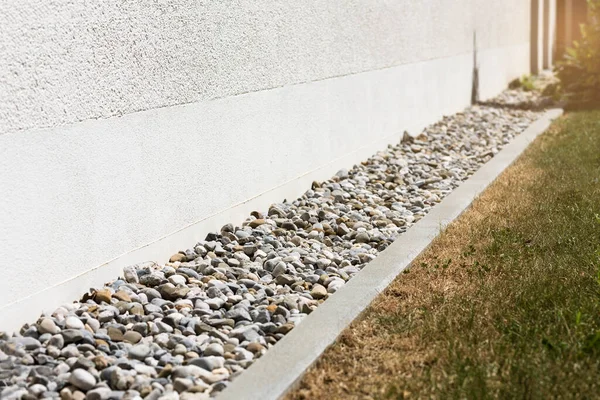
Choosing Between An Exterior and Interior French Drain
When it comes to French drains, homeowners should consider both interior and exterior options. Each type serves a specific purpose and can be effective in addressing different drainage issues.
Situations for Interior French Drains
Interior French drains are typically installed around the perimeter of a basement or crawl space. They are recommended for homes that experience:
- Frequent basement flooding
- Water seepage through walls
- High humidity levels
Benefits of Interior French Drains
- Effective Water Management: By diverting water before it can accumulate and cause damage, interior French drains can effectively manage water levels within the basement or crawl space.
- Foundation Protection: These french drain systems can help protect the home’s foundation from water damage by redirecting excess moisture away from the structure.
- Improved Air Quality: By reducing humidity levels in the basement, interior French drains can contribute to improved air quality throughout the home.
Situations for Exterior French Drains
Exterior French drains, on the other hand, are installed outside the home, typically in areas where surface water is a concern. They are recommended for homes that experience:
- Water pooling in the yard
- Overflowing gutters
- Soil erosion
Benefits of Exterior French Drains
- Surface Water Management: Exterior French drains are designed to intercept and redirect surface water away from the home, preventing it from pooling in the yard or flooding the basement.
- Erosion Prevention: By effectively managing surface water, these drains can help prevent soil erosion around the home’s perimeter, maintaining the integrity of the yard.
- Foundation Protection: Like their interior counterparts, exterior French drains also help protect the home’s foundation by redirecting excess moisture away from the structure.
When to Hire a Professional
While some homeowners may be tempted to install a French drain themselves, there are times when it is best to hire a professional. Consider the following factors:
Complex Drainage Issues
If your property has complicated drainage problems, such as multiple water sources or steep slopes, it may be best to consult with a professional. They have the expertise to assess your specific situation and design an effective drainage solution.
Local Regulations
In some areas, there may be regulations regarding drainage systems, especially if they involve connecting to a municipal drain. A professional contractor will be familiar with these regulations and ensure that your French drain installation complies with local laws.
Time and Convenience
Installing a French drain can be a time-consuming process, particularly for larger properties or complex drainage issues. If you lack the time, tools, or inclination to tackle this project yourself, hiring a professional can save you time and ensure a properly installed drain.
At MD Sewer and Plumbing, we understand that proper drainage is crucial for maintaining the integrity and value of your home.
Our team of experienced professionals specializes in installing and maintaining French drains to effectively manage water flow and prevent damage to your foundation. We take pride in offering tailored solutions that meet your specific drainage needs, whether you are facing issues with interior flooding or exterior water pooling.

Conclusion
In summary, French drains are a highly effective solution for addressing water-related issues around your home. By directing excess water away from your foundation, they can prevent damage, improve drainage, and even increase your property’s value.
Whether you choose to install a French drain yourself or hire a professional, it is important to take action before water damage can occur. With proper installation and maintenance, a French drain can provide long-lasting protection against water damage, giving you peace of mind during heavy rains.

